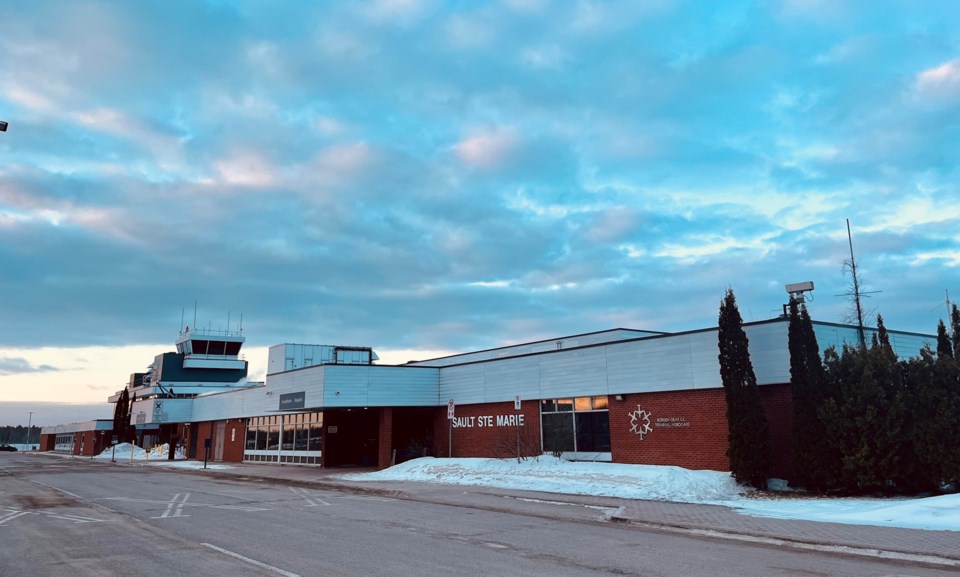To celebrate its 25th anniversary, the Sault Ste. Marie Airport Development Corporation is rolling out postsecondary scholarship opportunities to fill the aviation industry’s need for pilots.
The corporation announced March 28 that they’re starting four new scholarships of $2,500 each for first-year aviation program students at Sault College. The college offers flight training and enjoys a “long relationship” as a tenant at the airport, according to a corporation news release.
“It only seems a natural fit for the airport to provide financial assistance for new flight training students, not only supporting our tenant family member Sault College, but also assisting in addressing the worldwide pilot shortage,” said corporation president-CEO Terry Bos in a statement.
The corporation’s board has also approved donations to the Sault College Student Union Emergency Food Bank, the Sault Ste. Marie Soup Kitchen, and Every Breakfast Counts.
Bos said the board recognizes the community’s support “in helping the airport to succeed and wanted to give back to the community through these donations in recognition of our 25th anniversary owning the Sault Ste. Marie Airport.”
The corporation boasts an impressive quarter century of history.
When it comes to airports of all sizes in Ontario, the Sault's is the only private not-for-profit corporation.
Born out of Ottawa’s decision in the mid-1990s to divest itself of many small and regional airports across Canada — through the 1994 National Airports Policy — the development was formed in April 1996.
Both the province and the City of Sault Ste. Marie had turned down taking ownership of the airport, and in order to stave off closure, the corporation carried out a feasibility study and determined that a not-for-profit corporation was the best route to save the airport.
The corporation pays municipal property taxes and raises revenue from fees, concessions, and leases.
Over the years, the corporation said it’s faced down numerous challenges in eliminating a million-dollar-a-year deficit, survived cuts in carrier service, the 9/11 attacks and the closure of North American air space, and staggered through reduced passenger traffic during the pandemic.
With a stable of tenants on the property, the corporation said it’s “become financially self-sufficient and viable” in investing more than $59 million into airport infrastructure and equipment.




